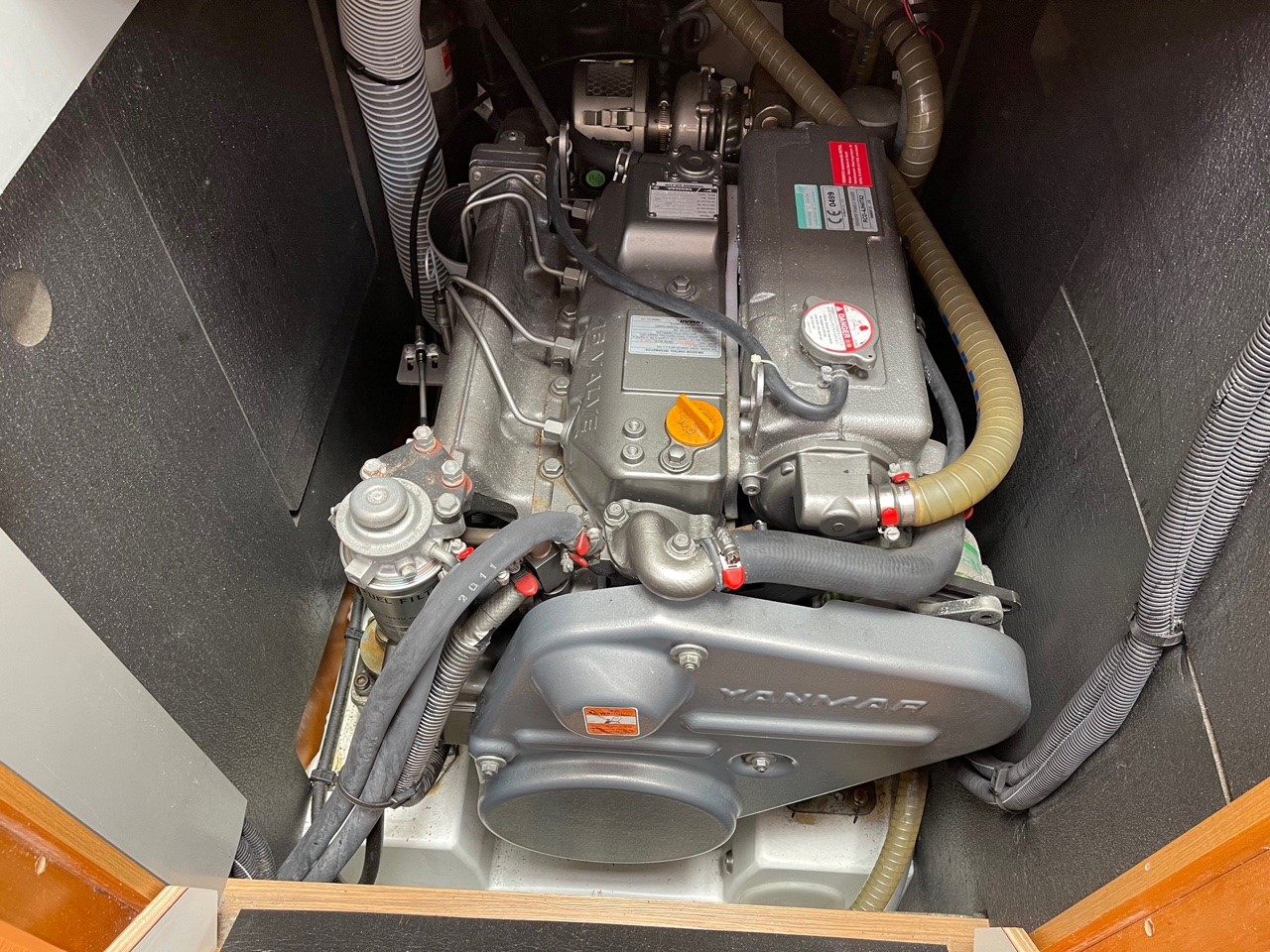No matter what type of boat you have, routine maintenance is the key to keeping it in top condition, maximising your safety and preserving its resale value down the line. Nod Crook, The Yacht Sales Co.’s former chief operating officer shares some important tips.
Regular maintenance is imperative to ensure you know your boat well, are aware of any potential issues and know how to fix them should a problem arise.
On a cruising vessel, the systems are significantly larger and more complex than on a smaller boat, and they require more regular and thorough checks.
Not everybody is a certified mechanic, electrician or fibreglass expert, but with the right tools, diagnostic gear and a little know-how, even a novice can complete their own effective maintenance routine. This will ensure your yacht performs to its optimal level, alleviates issues down the line, helps achieve a higher resale figure in the future, and delivers you a far more enjoyable cruising experience.
WATER MAKER MAINTENANCE
Even if you are freshwater flushing your water maker after every use, this doesn’t remove living matter that has previously collected on their prefilters, which will soon become dead and smelly in a warm climate. If not being used for more than a few days, it’s best to change the prefilter with a new/clean one, wash the old one, dry thoroughly and store for re-use. If this is followed, along with regular flushing, then membrane chemical cleaning shouldn’t be needed. If wintering your boat, you should still clean its membrane(s) at least once a year. This prevents bacterial fouling and will increase the amount of water you have available for washing, drinking and cooking. It will also save you money as the semi-permeable polymer membrane can cost up to AUD$1,000 to replace!
AIR CONDITIONING UNITS
Your boat’s AC units are often hidden from sight and can easily be forgotten. Marine growth easily occurs in an AC system, which can quickly lead to problems. This is preventable by keeping filters clean and free of debris. Not only will this help you avoid expensive repairs in the future but will give you better airflow and air quality.
FRIDGE COMPRESSORS
It’s important that your refrigerator runs efficiently when cruising. With most cruising boats running a 12v individual fridge compressor, the cooling fins and fan can quickly gather dust and decrease your fridge’s performance. As part of your regular maintenance routine, check these stay clean to keep your fridge operating effectively and power consumption to a minimum.
MAINSAIL TRACK
When the time comes to drop your mainsail, you need to be sure everything is working as it should. It’s important that the mainsail car track is cleaned and degreased on a regular basis. To thoroughly clean the track, climb the mast and inspect not only the car track but also the car ball bearings and/or slides. Degreasing and cleaning should be done from top to bottom and sprayed with a dry lubricant or silicone spray.
HOLDING TANKS AND TOILET HOSES
From time to time, clean the holding tanks using a tank cleaner. This will prevent any nasty odours from occurring and will decrease build up inside the tank. Also, check the sanitary hose as this can be the cause of a stale odour. Over time, even the best quality hose starts to permeate the smell, and replacing it can make a big difference. Changing the hose also reduces the chance of excessive calcium build-up, which can lead to toilet blockage.
TAPS AND SHOWERHEADS
If not routinely addressed, the heads of all your taps and showers can become blocked and suffer from calcium build up. Improve their performance and reduce the amount of work required by the fresh water pump by regularly descaling and cleaning your taps and shower heads.
BILGES
By keeping your bilges clean, you can easily find the source of any new leaks in your vessel, significantly reduce the chances of pests coming aboard and also prevent bad odours forming. Regular cleaning prevents the bilge pumps from blocking in case you ever need to use them in an emergency.
ENGINES
To prevent corrosion, dirt build-up and to regularly inspect, it’s good practice to have clean engines. You can wash the engine down with water and detergent. Once dry it is recommended you spray with WD40 or a similar product.
ANCHOR WINCH
The anchor winch is mounted in a high-corrosion environment. Regular preventative maintenance should include removing the drum and gypsy to clean all parts and reassemble with marine grease. The motor, gearbox and electrical terminals should be inspected for corrosion or salt build up. Once clean, spray with a thick corrosion inhibitor.
